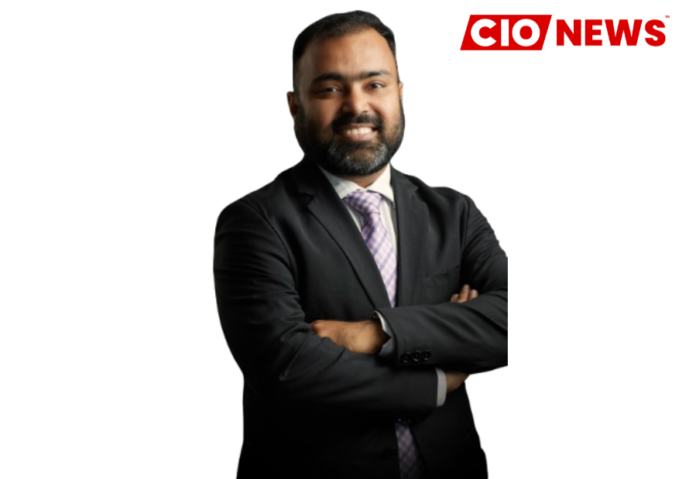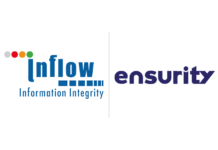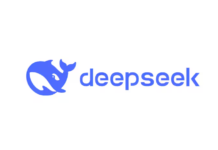
The Government of India has launched several initiatives to promote financial inclusion for health through digital means. Pradhan Mantri Jan Arogya Yojana (PMJAY), National Health Mission (NHM), Digital Payments Infrastructure, Telemedicine, and e-Health Initiatives, along with regulatory frameworks, are notable efforts driving this agenda forward.
In recent years, digital innovation has been a transformative force globally, with India’s healthcare and financial sectors witnessing significant advancements. This article explores the intersection of these two domains, emphasizing how digital innovations in lending and savings solutions are fostering financial inclusion while addressing healthcare needs in India. We’ll delve into the scope of these innovations, government efforts, and the role of the private sector in bridging existing gaps.
In India, digital innovation in health encompasses a spectrum of technologies and platforms aimed at enhancing healthcare accessibility, affordability, and quality, with disparities between urban and rural regions. Telemedicine platforms, mobile health applications, wearable devices, and IoT solutions are key innovations revolutionizing healthcare delivery in India. Similarly, digital solutions in the financial sector, including mobile banking apps, digital wallets, and fintech-driven lending platforms, are expanding access to banking services and promoting financial literacy among underserved populations.
The Government of India has launched several initiatives to promote financial inclusion for health through digital means. Pradhan Mantri Jan Arogya Yojana (PMJAY), National Health Mission (NHM), Digital Payments Infrastructure, Telemedicine, and e-Health Initiatives, along with regulatory frameworks, are notable efforts driving this agenda forward. However, there is a significant gap in access to outpatient care in India. Digital lending and savings solutions for outpatient department (OPD) services in India present significant opportunities to enhance healthcare access and affordability. These solutions can offer individuals convenient and flexible financing options for OPD expenses, ensuring timely medical care without the need for extensive paperwork or collateral. Moreover, customized savings solutions encourage individuals to proactively set aside funds for future healthcare needs, promoting financial resilience. By leveraging technology and data analytics, digital lending platforms can assess creditworthiness accurately and offer competitive interest rates, making healthcare financing more accessible to underserved populations.
Bridging Financial Gaps in Healthcare
Despite government efforts, there remain gaps that the private sector can fill to further enhance access to healthcare financing and services. These include developing innovative financing solutions tailored to the healthcare sector, creating user-friendly digital health platforms, investing in last-mile connectivity infrastructure, promoting financial literacy and education, and fostering partnerships and collaborations. Several gaps need to be addressed, including low awareness, the digital divide, regulatory uncertainties, and concerns regarding data privacy and security. Overcoming these challenges and fostering effective integration with healthcare providers are essential to maximizing the impact of digital lending and savings solutions on improving healthcare access and affordability in India.
While digital innovation holds immense potential, several challenges must be addressed for successful implementation. These include bridging the digital divide, navigating the evolving regulatory landscape, ensuring data privacy and security, and promoting financial literacy among marginalized communities. Overcoming these hurdles requires a concerted effort from all stakeholders.
One legendary example of the intersection of healthcare and finance through digital innovation is the Pimpri Chinchwad Municipal Corporation’s (PCMC) Social Impact Bond (SIB). Co-created by PCMC and the United Nations Development Programme (UNDP) and designed by Palladium India, it marks India’s first social impact bond in the healthcare sector. This innovative approach utilizes private capital to fund social programs with a focus on achieving predefined outcomes. A key feature of the PCMC SIB is the “pay-for-performance” model. PCMC pays for the project only if specific, pre-defined healthcare targets are achieved. This incentivizes efficient service delivery and reduces upfront financial risks for the government. The results-oriented nature of SIBs promotes transparency. By tracking progress towards achieving healthcare goals, stakeholders can ensure funds are used effectively.
Digital innovation in health and financial inclusion has the power to drive transformative change in India, improving access to essential services and fostering economic empowerment. While the government has made significant strides, there are opportunities for the private sector to contribute innovative solutions and bridge existing gaps. By fostering collaboration and leveraging technology, both sectors can work together to create a more inclusive and resilient healthcare system in India.
Also read: Nurturing Responsible Online Behavior in Students by Building a Culture of Digital Citizenship
Do Follow: CIO News LinkedIn Account | CIO News Facebook | CIO News Youtube | CIO News Twitter
About us:
CIO News, a proprietary of Mercadeo, produces award-winning content and resources for IT leaders across any industry through print articles and recorded video interviews on topics in the technology sector such as Digital Transformation, Artificial Intelligence (AI), Machine Learning (ML), Cloud, Robotics, Cyber-security, Data, Analytics, SOC, SASE, among other technology topics.





